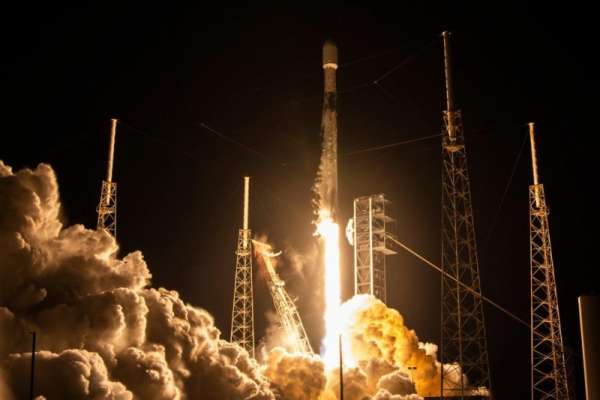
The European Space Agency said on Thursday that the Gaia spacecraft has been turned off after a decade of collecting data.
The control team at ESA's European Space Operations Centre has shut down all of Gaia's subsystems and placed it into a “retirement orbit” around the Sun.
“The vast data provided by Gaia represent a unique resource for astrophysical research and impacts virtually every area of astronomy,” Gaia project scientist Johannes Sahlmann said in a statement.
Over its decade of operation, Gaia has collected information about past galactic mergers, discovered new star clusters, and created maps of millions of quasars and galaxies.
Gaia has also helped discover black holes and exoplanets, and tracked hundreds of thousands of asteroids and comets, according to the ESA.
Although Gaia has been retired, the release of the latest data collected during the spacecraft's operations will continue.
“The fourth data release, scheduled for 2026, and the final Gaia legacy catalogues, expected no earlier than late 2030, will continue to shape our scientific understanding of the cosmos for decades to come,” Sahlmann added.
Gaia was originally intended to operate for only five years.
Gaia spacecraft operator Tiago Nogueira noted that turning off Gaia was not an easy process.
“Turning off a spacecraft at the end of its mission seems like a simple enough task,” he said. “But in reality, spacecraft don't want to turn off.”
Gaia has several redundant systems designed to allow it to recover from various potential failures. This required a “decommissioning strategy” to shut down these redundant systems.
“The final commands have been sent to Gaia. This is the last time the spacecraft will receive a message from its team on Earth,” ESA said.
The final commands included shutting down the communications systems and the Gaia central computer.
The data archive created by Gaia is so vast that it will continue to influence the development of astronomy for decades to come.
The decommissioning process included personal farewell messages from hundreds of crew members who took part in the mission.
“We will never forget Gaia, and Gaia will never forget us,” said mission leader Uwe Lammers.
In June 2022, ESA released a third dataset from Gaia, reporting that its survey of the Milky Way had discovered thousands of starquakes, as well as so-called “stellar DNA”.
Sourse: www.upi.com





